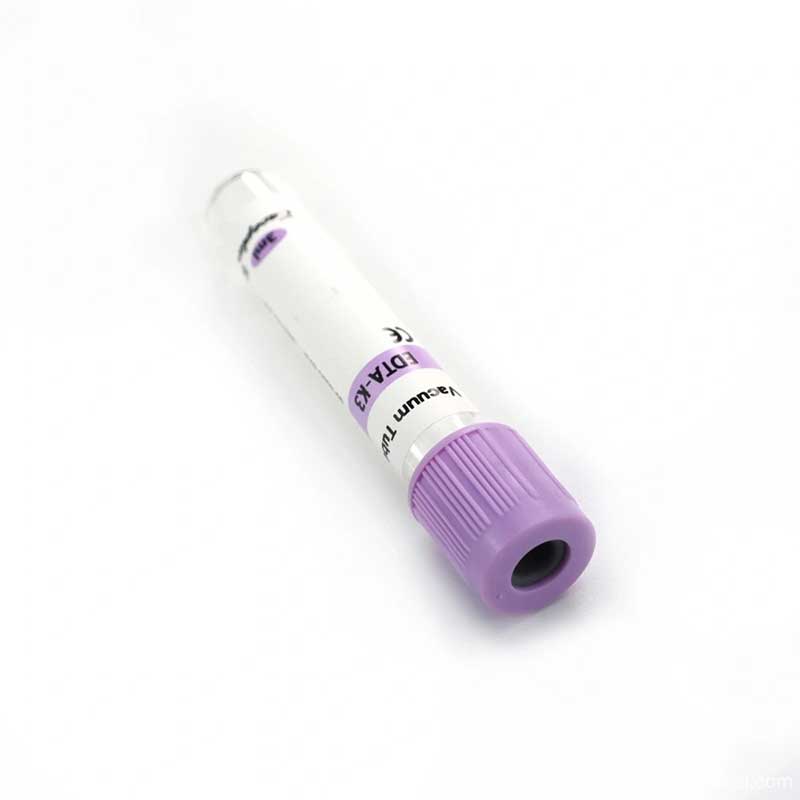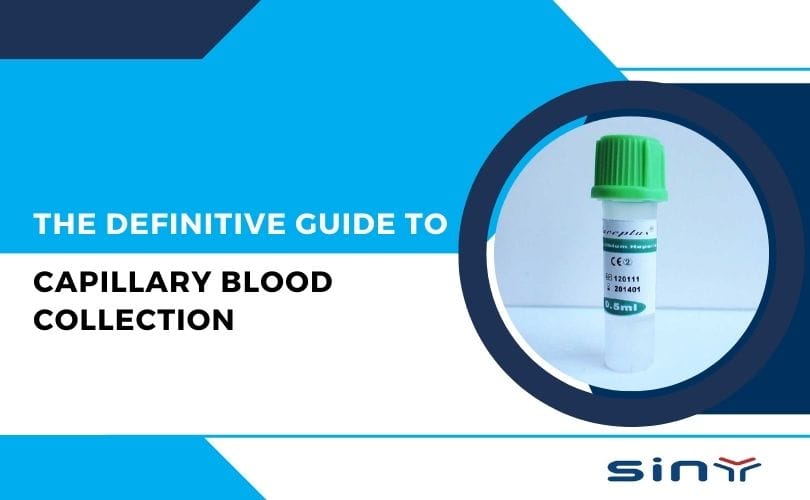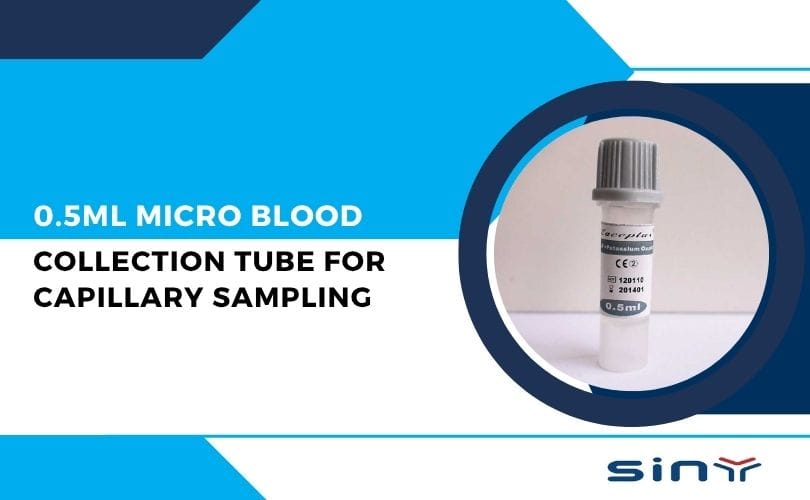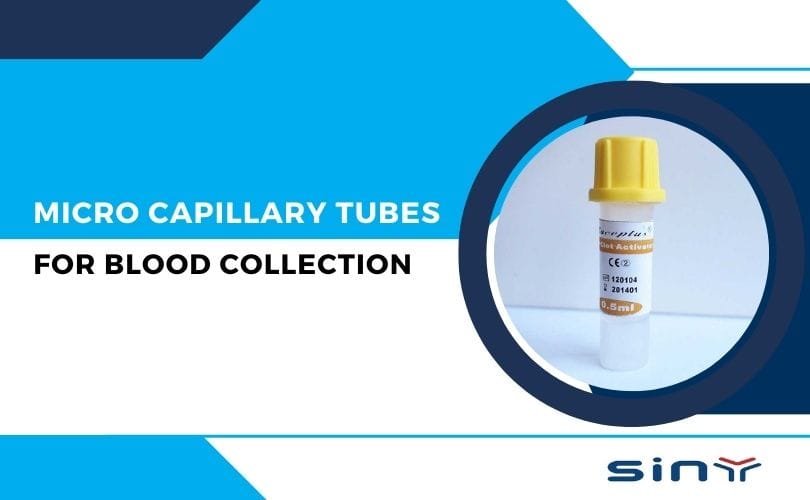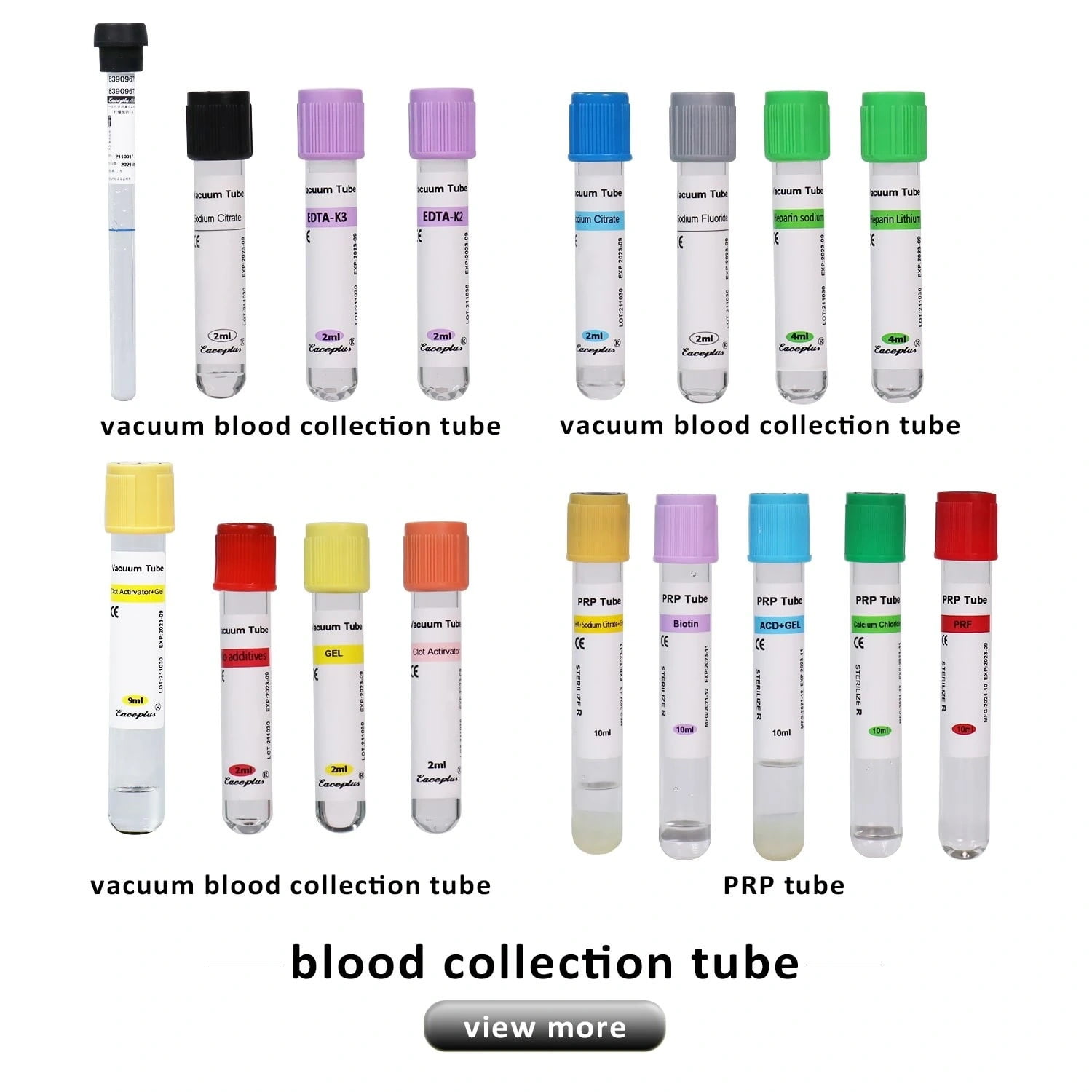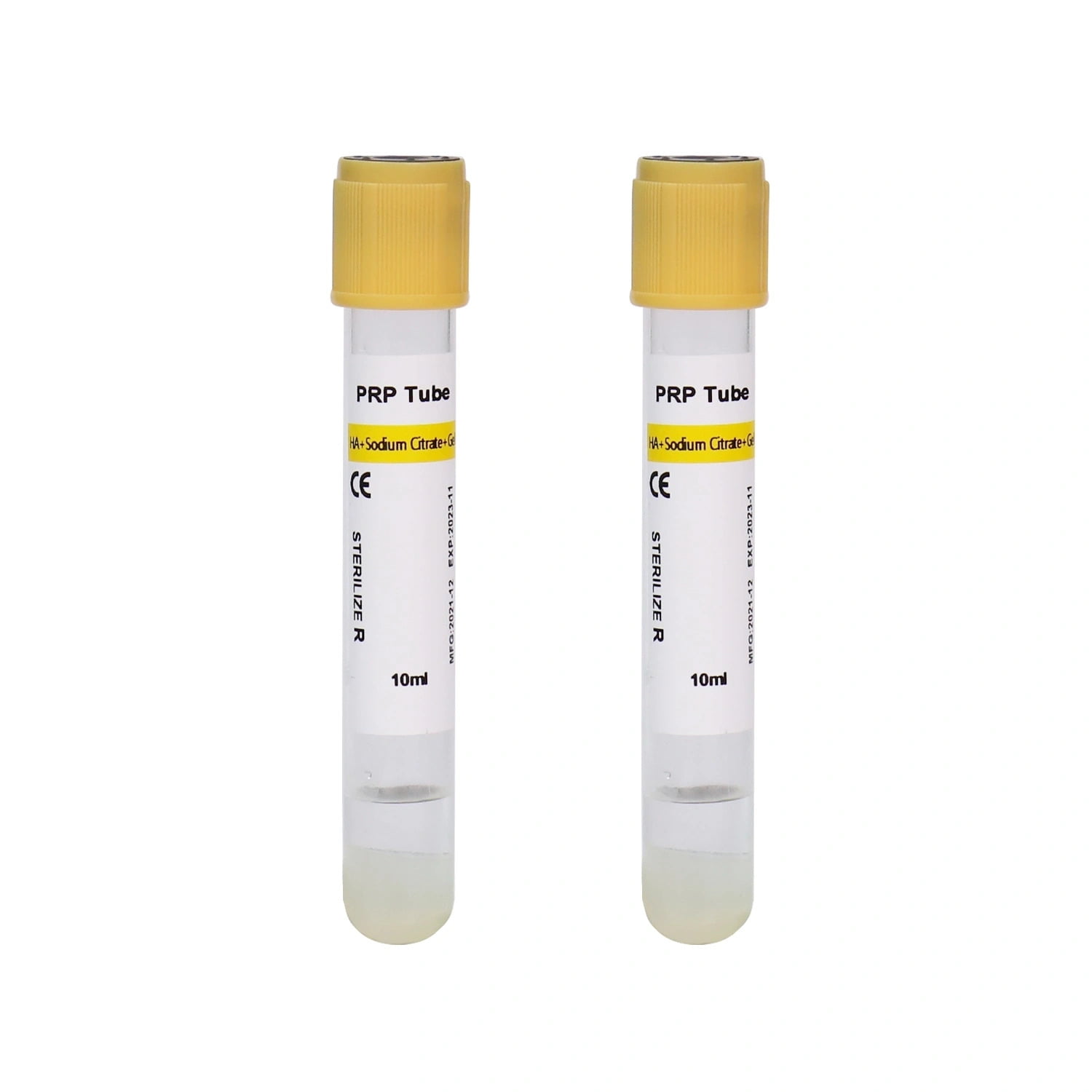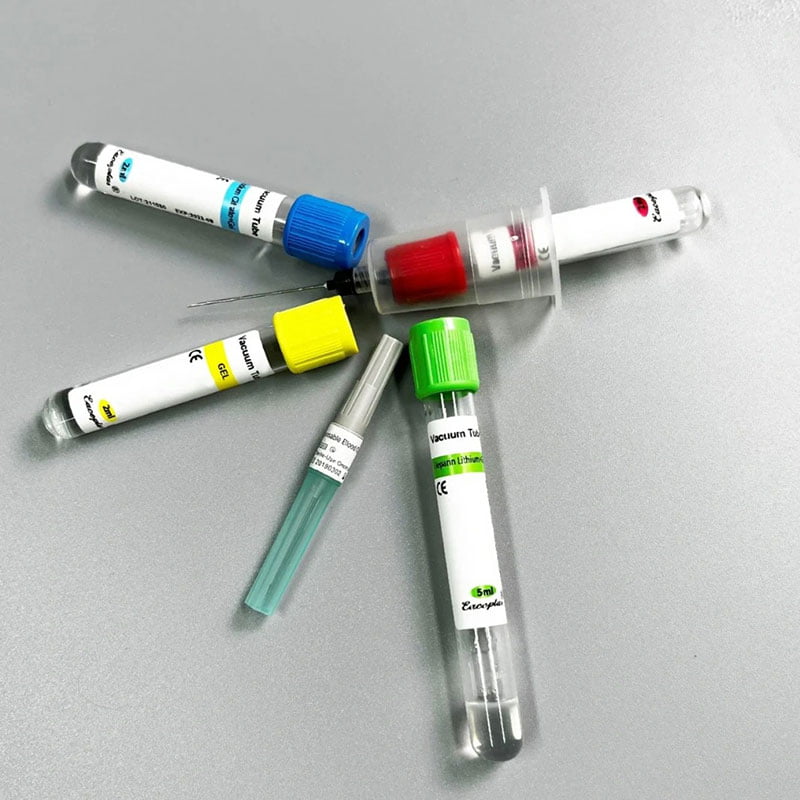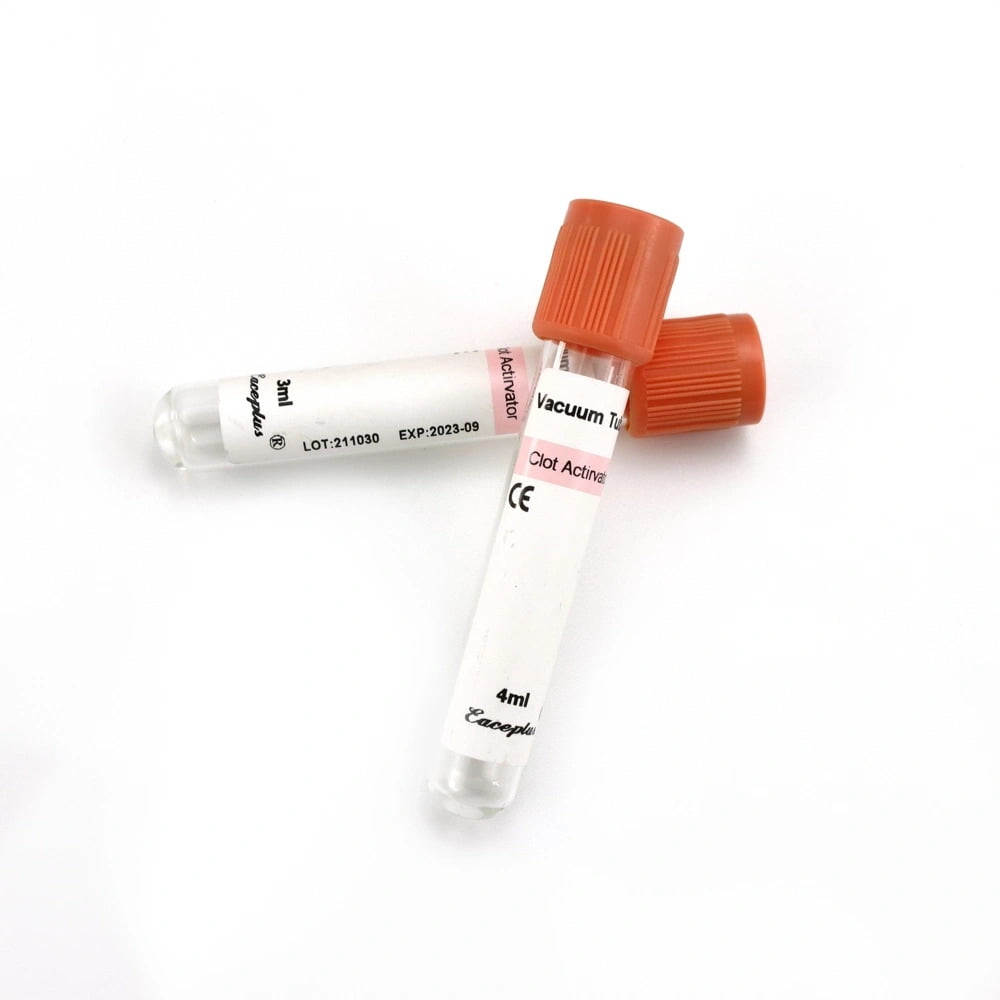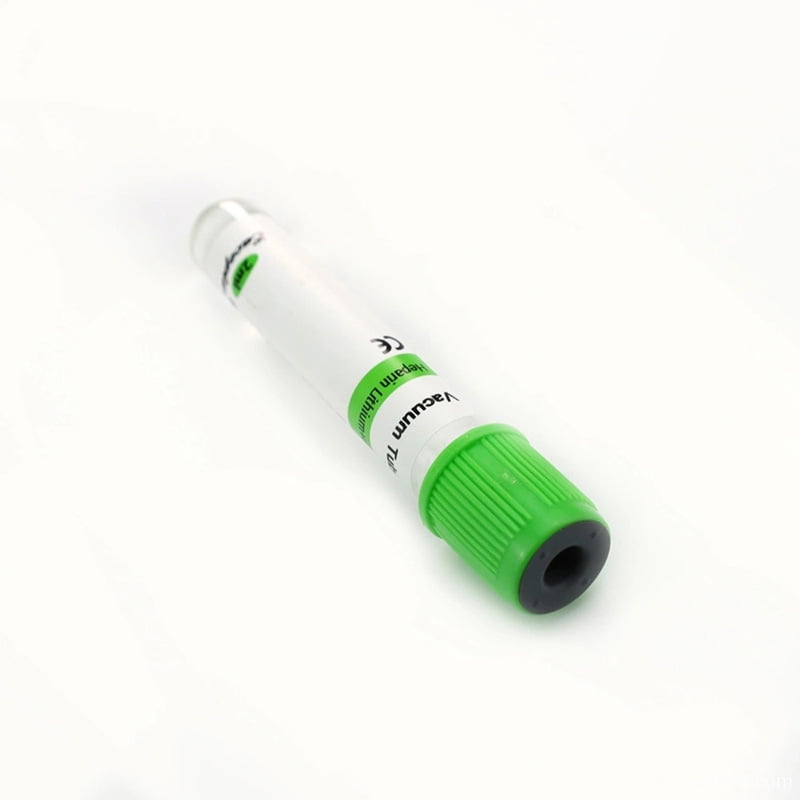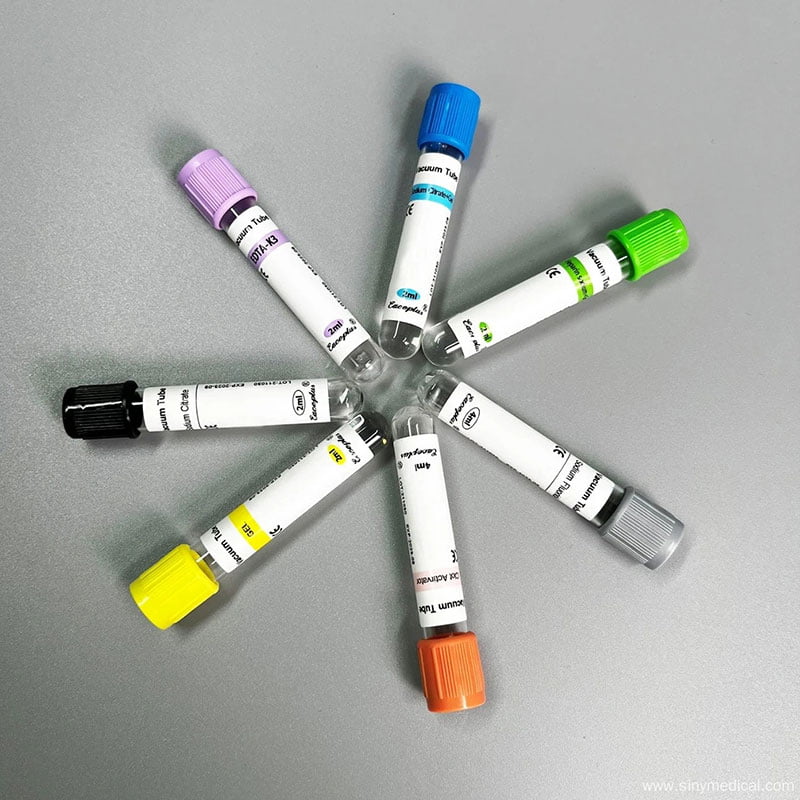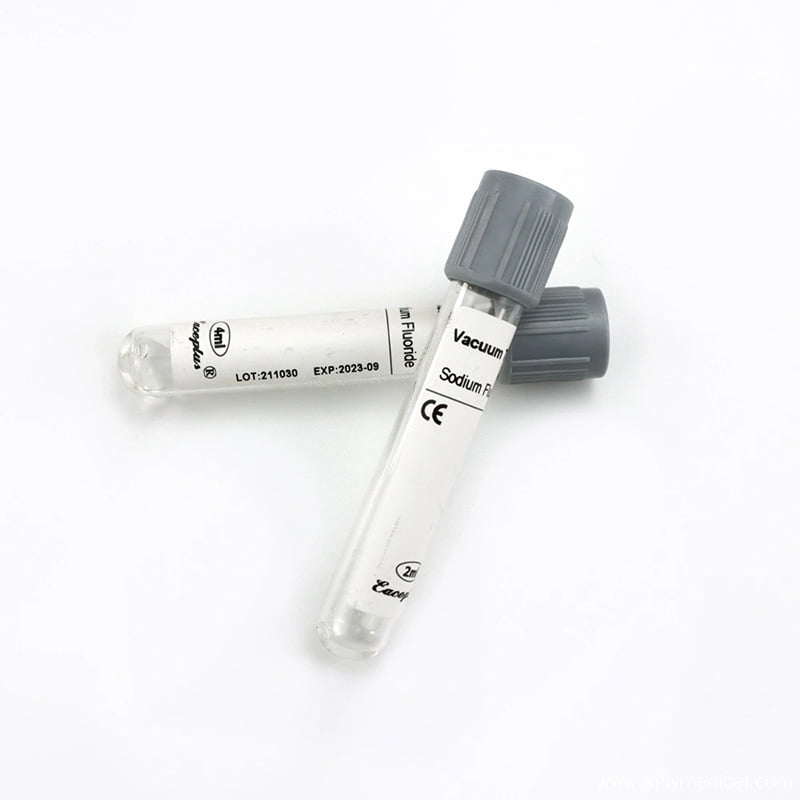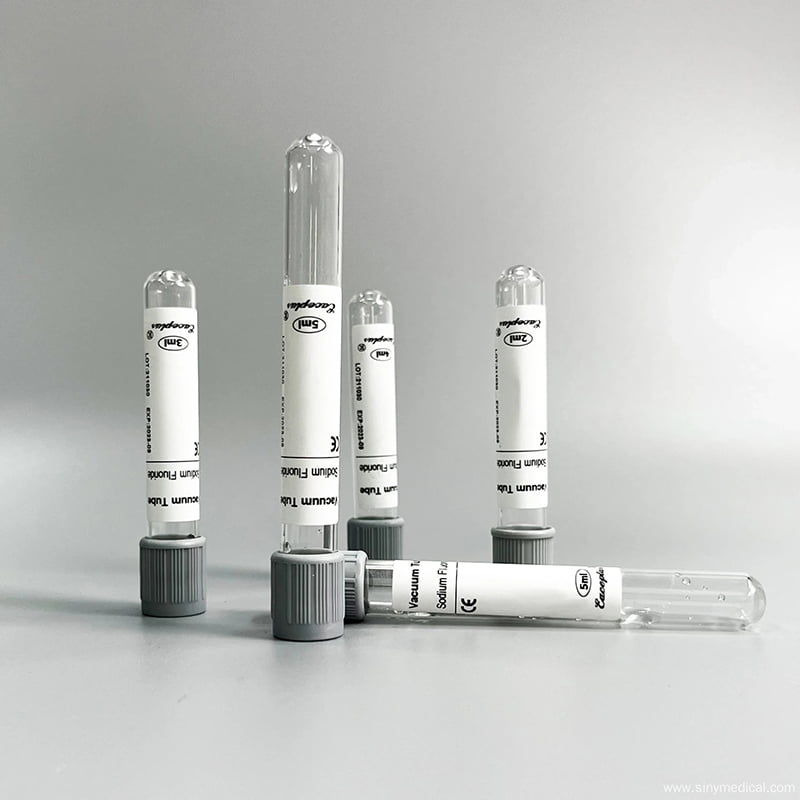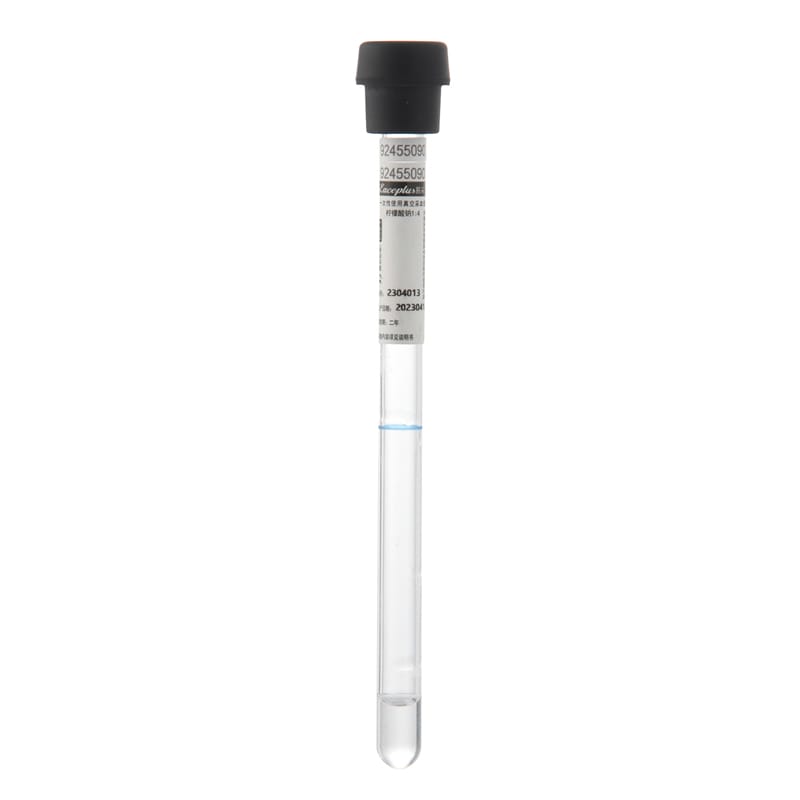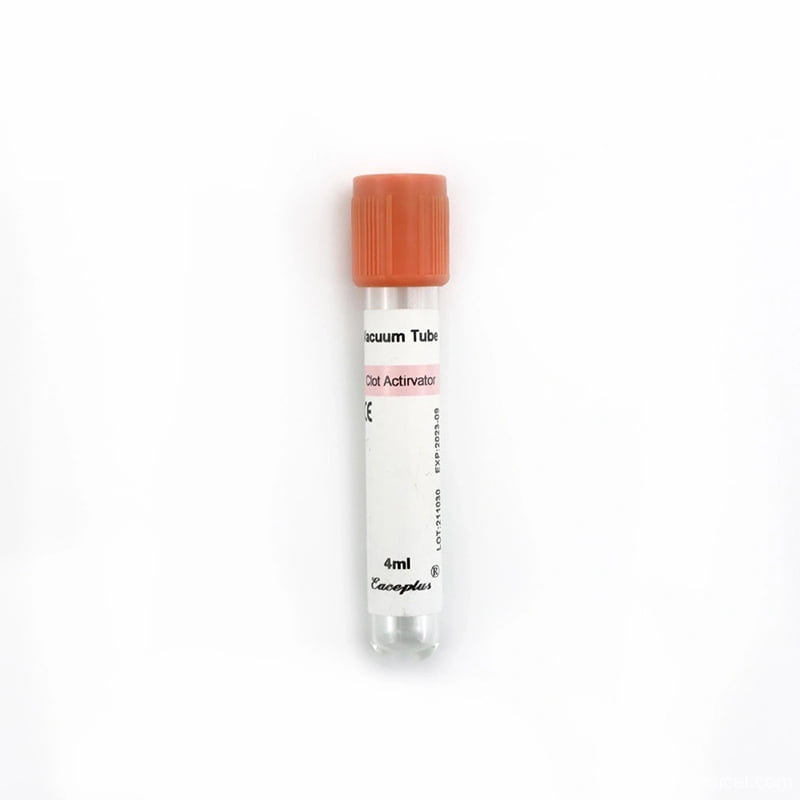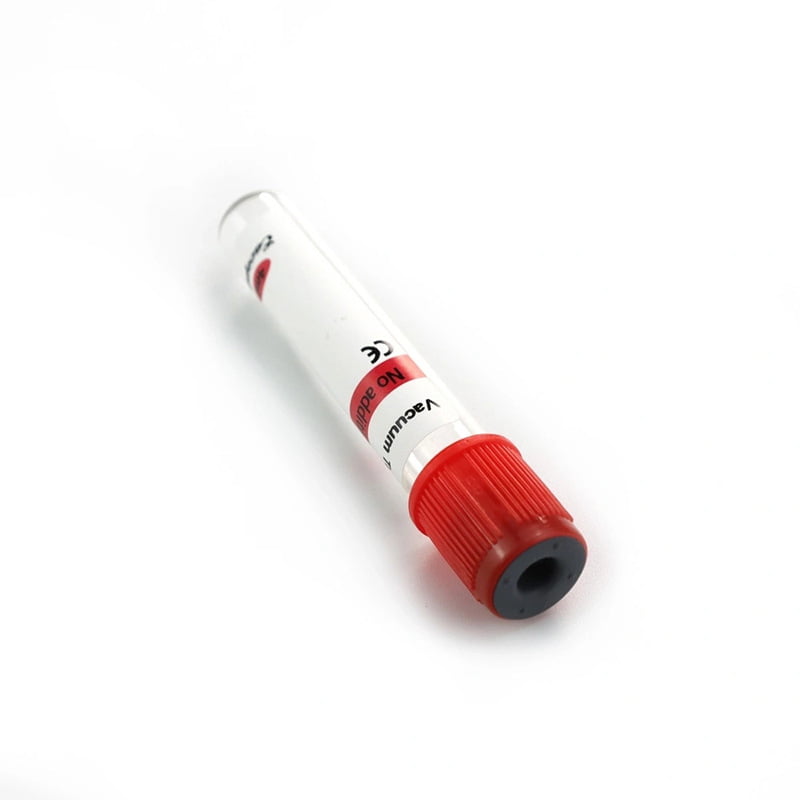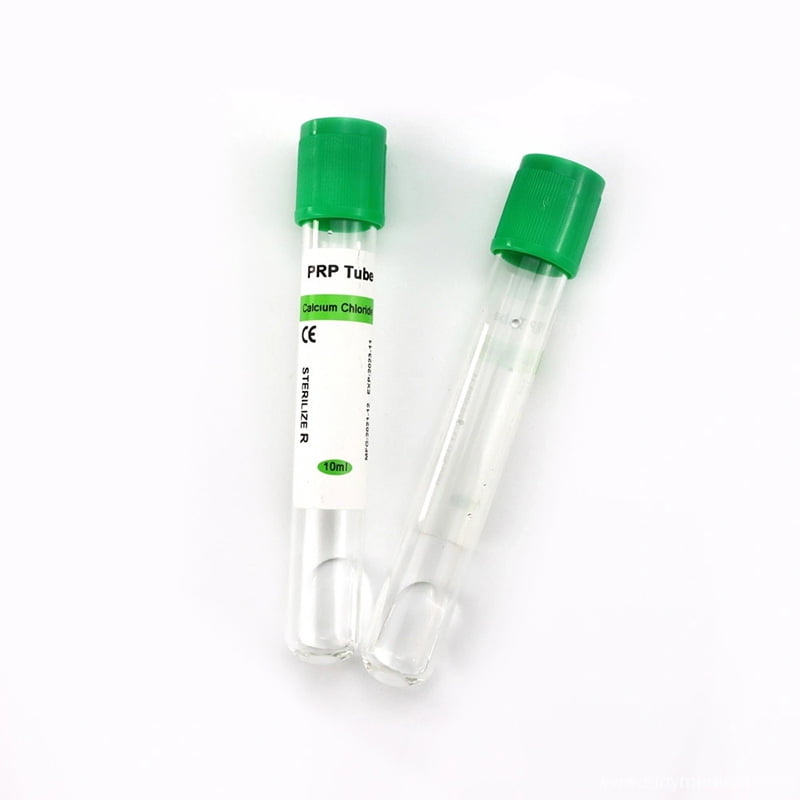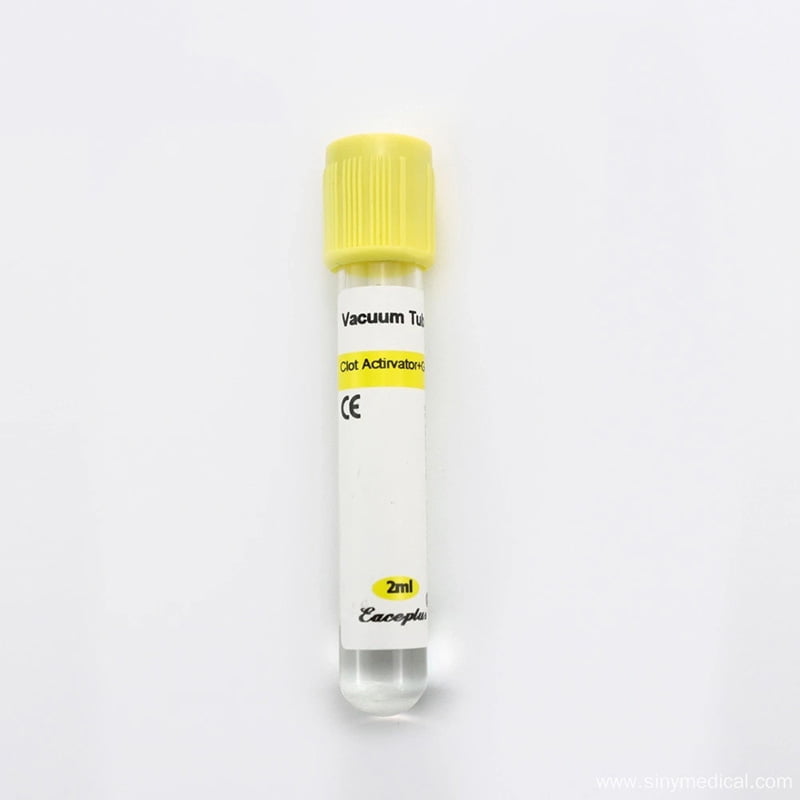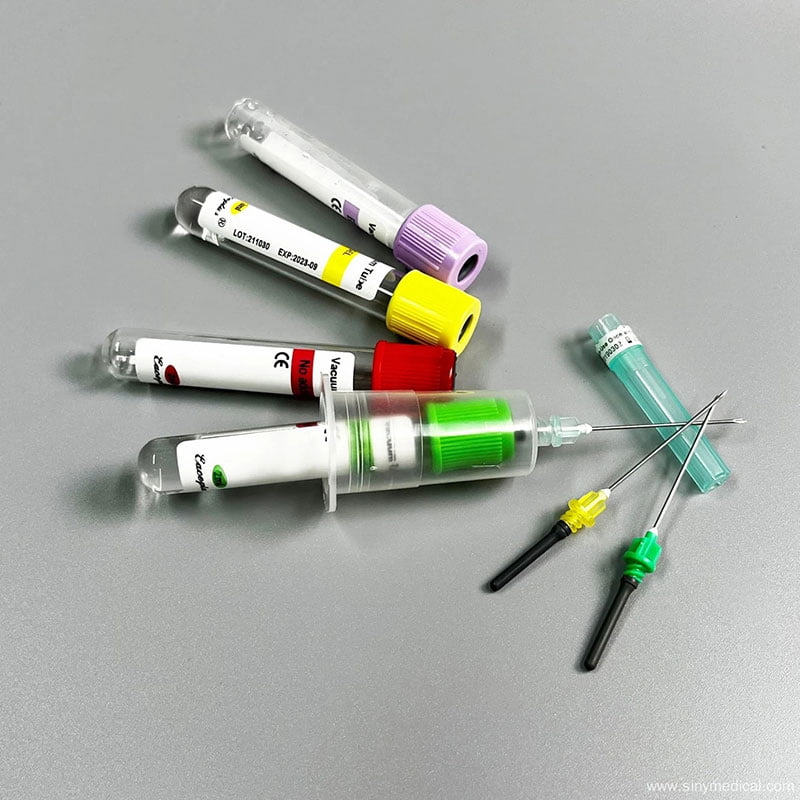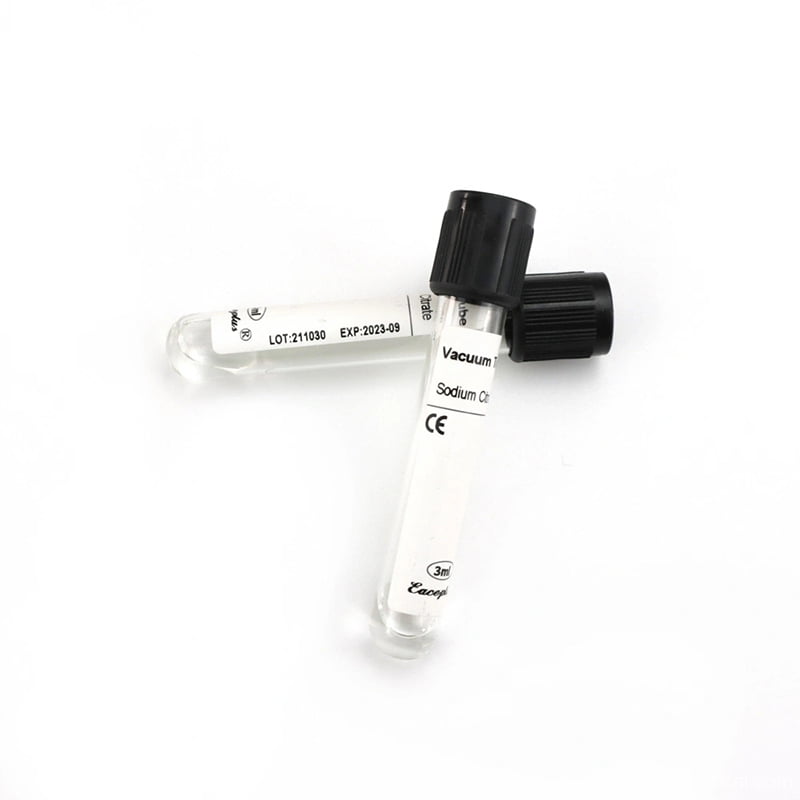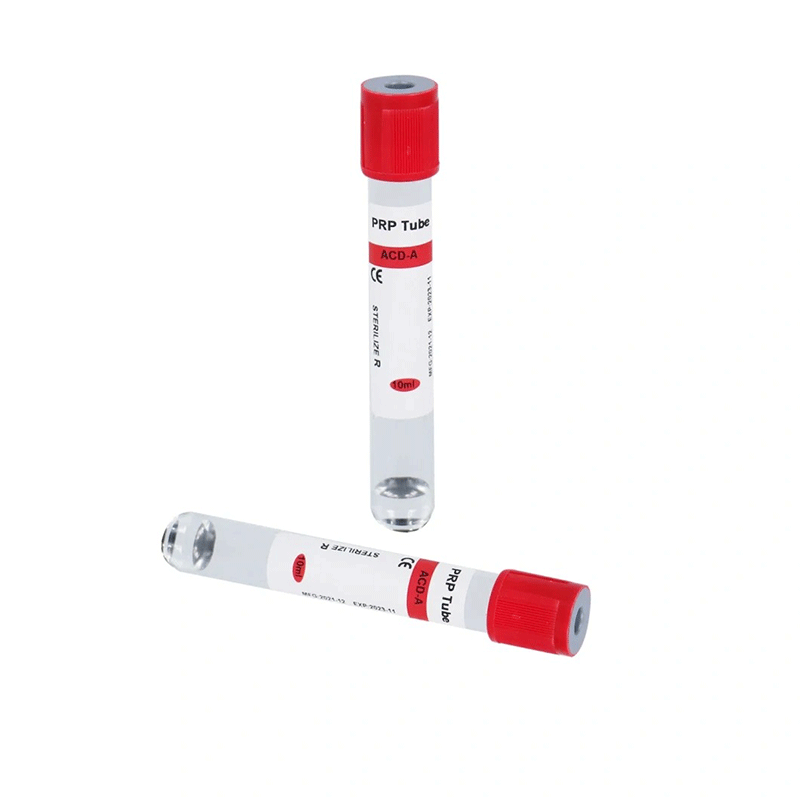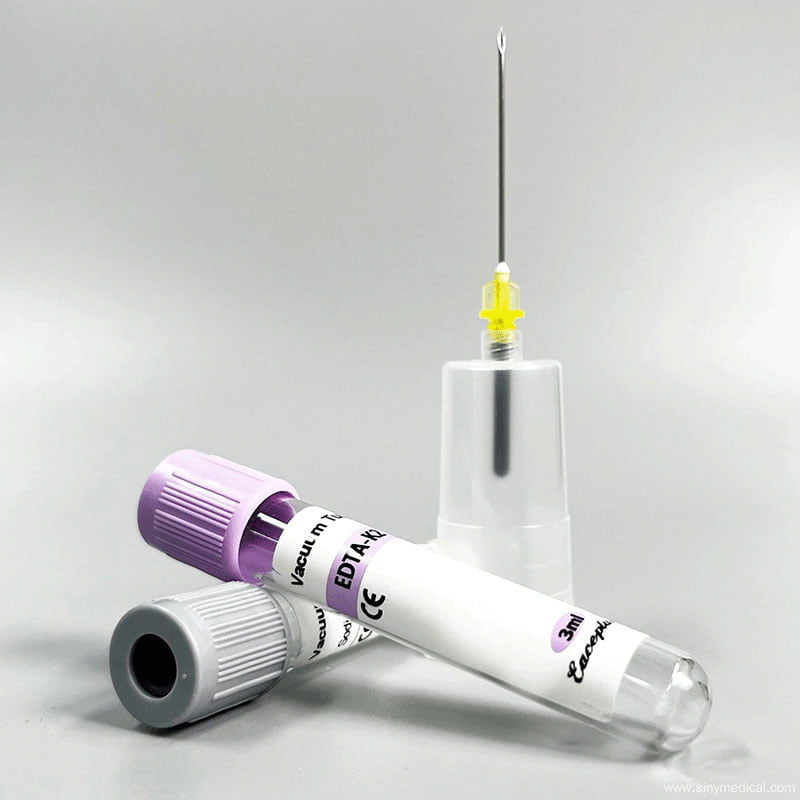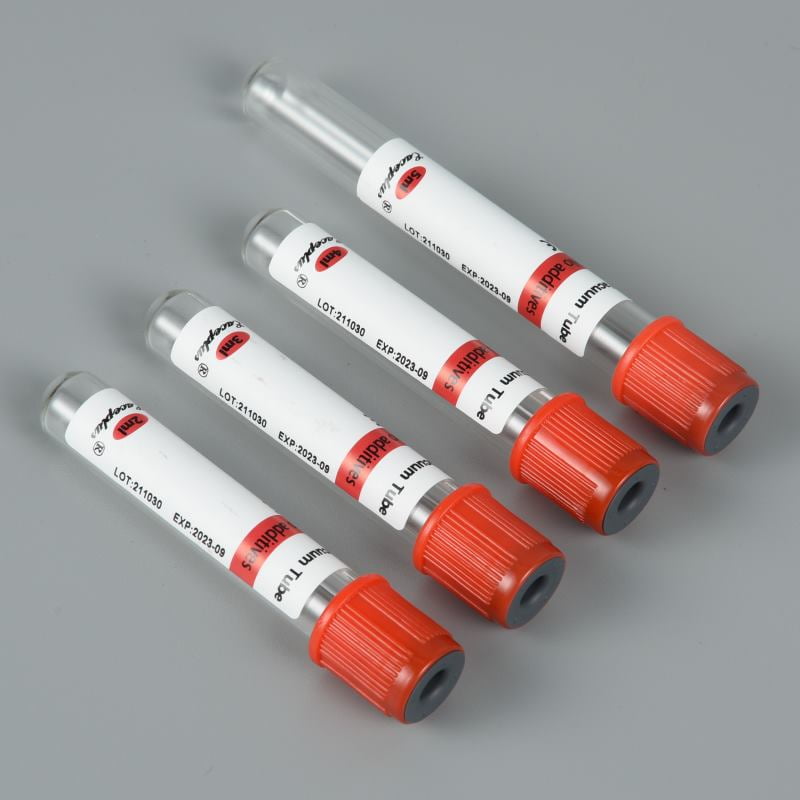Capillary blood collection is a cornerstone of modern clinical diagnostics, offering a minimally invasive yet highly effective method for obtaining blood samples. This technique is particularly valuable for infants, elderly patients, and individuals with difficult venous access. However, the accuracy of diagnostic results hinges on meticulous technique and the use of high-quality supplies. This guide provides a comprehensive overview of capillary blood collection, from preparation to specimen handling, ensuring optimal outcomes for both clinicians and patients.
Table of Contents
What is Capillary Blood Collection?
Capillary blood collection involves drawing small amounts of blood from capillaries, the tiny blood vessels near the skin’s surface. This method is commonly used for point-of-care testing, glucose monitoring, and newborn screening. Unlike venous blood collection, which requires accessing larger veins, capillary sampling is less invasive and can be performed quickly, making it ideal for pediatric and geriatric patients.

For more information on the tools used in capillary blood collection, explore our range of micro capillary tubes and blood collection tubes.
Why Capillary Blood Collection Matters in Clinical Diagnostics
The clinical importance of capillary blood collection can’t be overstated. Here are a few reasons why it’s widely adopted:
1. Minimally Invasive – Patients experience less discomfort compared to venipuncture.
2. Ideal for Newborns and Pediatrics – Heel-prick tests are routine for neonatal screening.
3. Fast and Convenient – Useful in emergency departments, ICUs, and bedside testing.
4. Reliable for Small-Volume Tests – Especially when only micro-liters of blood are needed.
5. Essential for Home Monitoring – Diabetes patients rely on it for self-monitoring glucose levels.
According to research studies, improper collection techniques can compromise sample integrity, leading to inaccurate results. That’s why proper training, high-quality tubes, and standardized methods are key to reliability.
Step 1: Preparation and Site Selection
The foundation of successful capillary blood collection lies in preparation. Here’s how it’s done in professional practice:
- Patient Identification: Always confirm patient details before starting.
- Sterile Equipment Ready: Gloves, lancet, sterile gauze, alcohol pads, and micro capillary tubes must be assembled.
- Choose the Site:
- Adults/Children – Lateral side of the middle or ring finger.
- Infants/Newborns – Medial or lateral plantar surface of the heel.
- Warm Compress: Applying warmth (not above 42°C) encourages blood flow.
- Disinfection: Clean the site with 70% isopropyl alcohol and let it dry completely.
This last step is crucial — residual alcohol can hemolyze blood cells and ruin test results.
Step 2: The Standardized Collection Procedure
Once the site is prepped, the actual blood collection begins:
- Puncture: Use a sterile lancet for a swift, controlled puncture.
- First Drop: Wipe away the first drop of blood with sterile gauze — it often contains tissue fluid.
- Collection:
- Apply gentle pressure to form a rounded drop.
- Hold the capillary tube at a slight angle to allow capillary action to draw the blood.
- Avoid “milking” the site — this causes hemolysis and inaccurate results.
- Fill Correctly: Collect the required volume, respecting the order of draw (blood gases → EDTA → other additives → serum tubes).
For reliable outcomes, healthcare professionals rely on precision-made tubes like Siny Medical’s disposable micro blood collection tubes.
Step 3: Specimen Handling and Preservation
Proper handling after collection is just as important as the collection itself.
- Seal the Tube: Prevents leakage and contamination.
- Mix Anticoagulants: If the tube contains additives, invert gently to mix.
- Label Immediately: Clear labeling ensures sample traceability.
High-quality tubes like those offered by Siny Medical’s blood collection range feature smooth inner walls, precise anticoagulant coatings, and reliable sealing systems. Poor-quality tubes, by contrast, risk clotting, hemolysis, and sample rejection.
The Importance of Choosing a Trusted Supplier
Selecting a reputable supplier is crucial for maintaining high standards in capillary blood collection. A trusted supplier ensures product consistency, adherence to industry standards, and rigorous quality control. This partnership minimizes the risks associated with subpar supplies, enhances efficiency, and prevents the hidden costs of sample recollection and diagnostic delays.
At Siny Medical, we are committed to providing premium capillary collection tubes designed to meet the exacting standards of modern healthcare professionals.
Summary
Capillary blood collection is a vital technique in modern healthcare, offering a minimally invasive method for obtaining diagnostic samples. Success depends on meticulous preparation, precise technique, and the use of high-quality supplies. By following standardized procedures and partnering with a trusted supplier like Siny Medical, you can ensure accurate and reliable results for your patients.
For further assistance or inquiries, feel free to contact us.
Explore More:
- Watch our tutorials on YouTube.
- Discover our products on Made-in-China.
- Learn about the manufacturing process of vacuum blood collection tubes.
By adhering to these guidelines and utilizing the right tools, capillary blood collection can become a seamless and effective component of your clinical practice.
FAQs
What is the reason for wiping away the first drop of blood?
The initial blood drop often contains interstitial fluid and cellular debris, diluting the sample and risking inaccurate test results.
Is there a recommended order of draw when collecting multiple capillary tubes?
Yes, standard practice is to collect tubes for blood gases first, followed by EDTA tubes, then other additive tubes, and finally, plain serum tubes to avoid cross-contamination.
How can I avoid air bubbles during collection?
Maintain continuous contact between the blood drop and the capillary tube tip at a steady angle. Avoid withdrawing and reapplying the tube, which introduces bubbles.
What is the difference between heparinized and non-heparinized capillary tubes?
Heparinized tubes contain anticoagulant needed for plasma or whole blood tests, while non-heparinized tubes allow clotting for serum analysis.
How do I select the right capillary blood collection tubes?
Selection should match your test menu, favor certified suppliers like Siny Medical offering products with consistent quality and appropriate additives.

